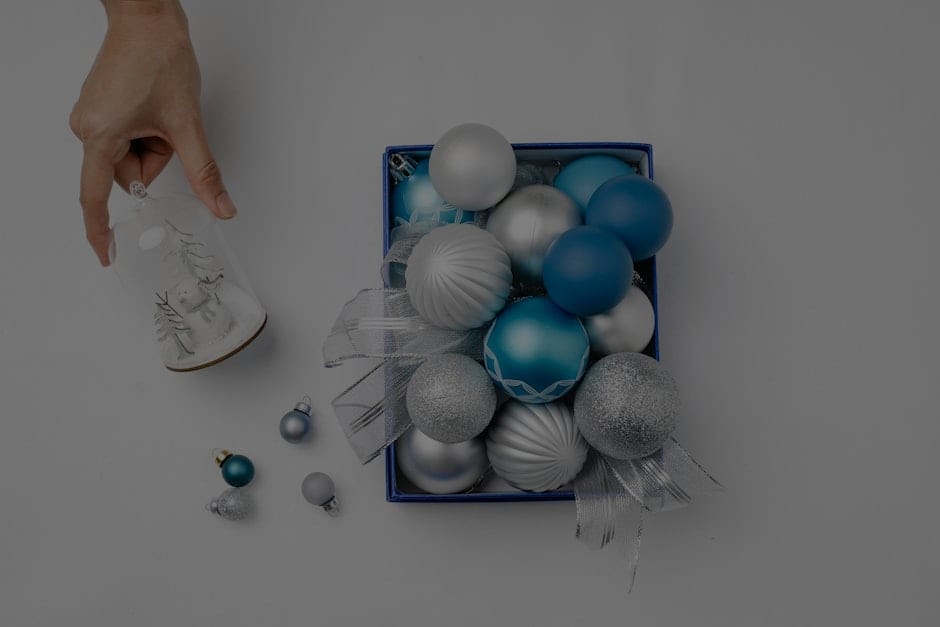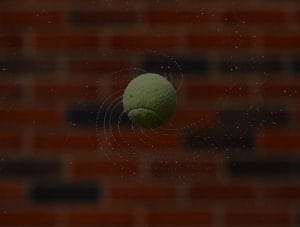**Abstract:** Discover how to seamlessly blend feng shui energy ornaments into your minimalist décor. Enhance your space’s harmony and balance while maintaining a clean and simple aesthetic.
Understanding Minimalism and Feng Shui
Minimalism emphasizes simplicity, functionality, and an uncluttered environment. It promotes a serene atmosphere that fosters clarity and peace. Feng Shui, an ancient Chinese practice, aligns energy within a space to enhance well-being and prosperity. Combining these two concepts can create a balanced home that feels both tranquil and energized. By thoughtfully integrating feng shui energy ornaments, you can achieve a harmonious environment that reflects your values and enhances your living experience.
Choosing the Right Feng Shui Ornaments
When selecting feng shui ornaments, focus on items that resonate with your personal energy and the specific areas of your home. Popular choices include crystals, bamboo plants, and wind chimes. Crystals, like amethyst or clear quartz, are known for their ability to promote positive energy flow. Bamboo represents growth and resilience, while wind chimes can create soothing sounds that enhance tranquility. Choose ornaments that not only align with feng shui principles but also complement your minimalist style.
Placement: The Key to Energy Flow
Placement of feng shui ornaments is crucial for maximizing their benefits. In a minimalist space, each item should have a purpose and a place. Positioning ornaments according to feng shui principles can enhance energy flow. For example, place a crystal in the wealth corner of your home (the farthest left corner from the entrance) to attract abundance. Wind chimes can be hung near windows to invite positive energy and sound. Remember, the goal is to maintain a clean and open environment while allowing energy to circulate freely.
Color and Material Considerations
Incorporating feng shui ornaments into a minimalist décor also involves careful consideration of color and material. Choose colors that align with the elements you want to enhance—green for growth, red for passion, or blue for tranquility. Opt for natural materials like wood, stone, or metal to keep the aesthetic grounded and organic. For instance, a simple wooden bowl filled with crystals can serve as a stunning centerpiece while embodying the principles of feng shui. This approach ensures that your ornaments not only serve a purpose but also contribute to the overall design.
Creating a Focal Point
In a minimalist setting, creating a focal point with feng shui ornaments can draw attention and enhance energy flow. A single, striking piece, such as a large crystal or a beautifully crafted statue, can serve as a conversation starter while embodying positive energy. Position this focal point in a prominent area, such as a living room or entryway, where it can be easily appreciated. This not only reinforces the minimalist aesthetic but also elevates the space’s energetic quality.
Maintaining Balance and Clarity
To successfully integrate feng shui energy ornaments into your minimalist décor, it’s essential to maintain balance and clarity. Regularly evaluate your space and remove any items that no longer serve a purpose or resonate with your energy. This practice not only keeps your home clutter-free but also ensures that the feng shui ornaments you choose continue to enhance your well-being. A minimalist space is dynamic, and adjusting your ornaments as your needs evolve will help maintain a harmonious environment.
By thoughtfully incorporating feng shui energy ornaments into your minimalist décor, you can create a space that is not only visually appealing but also energetically uplifting. This approach allows you to enjoy the benefits of feng shui while adhering to the principles of minimalism, resulting in a home that feels both serene and invigorating. Embrace the journey of creating a harmonious living space that reflects your values and supports your well-being.










